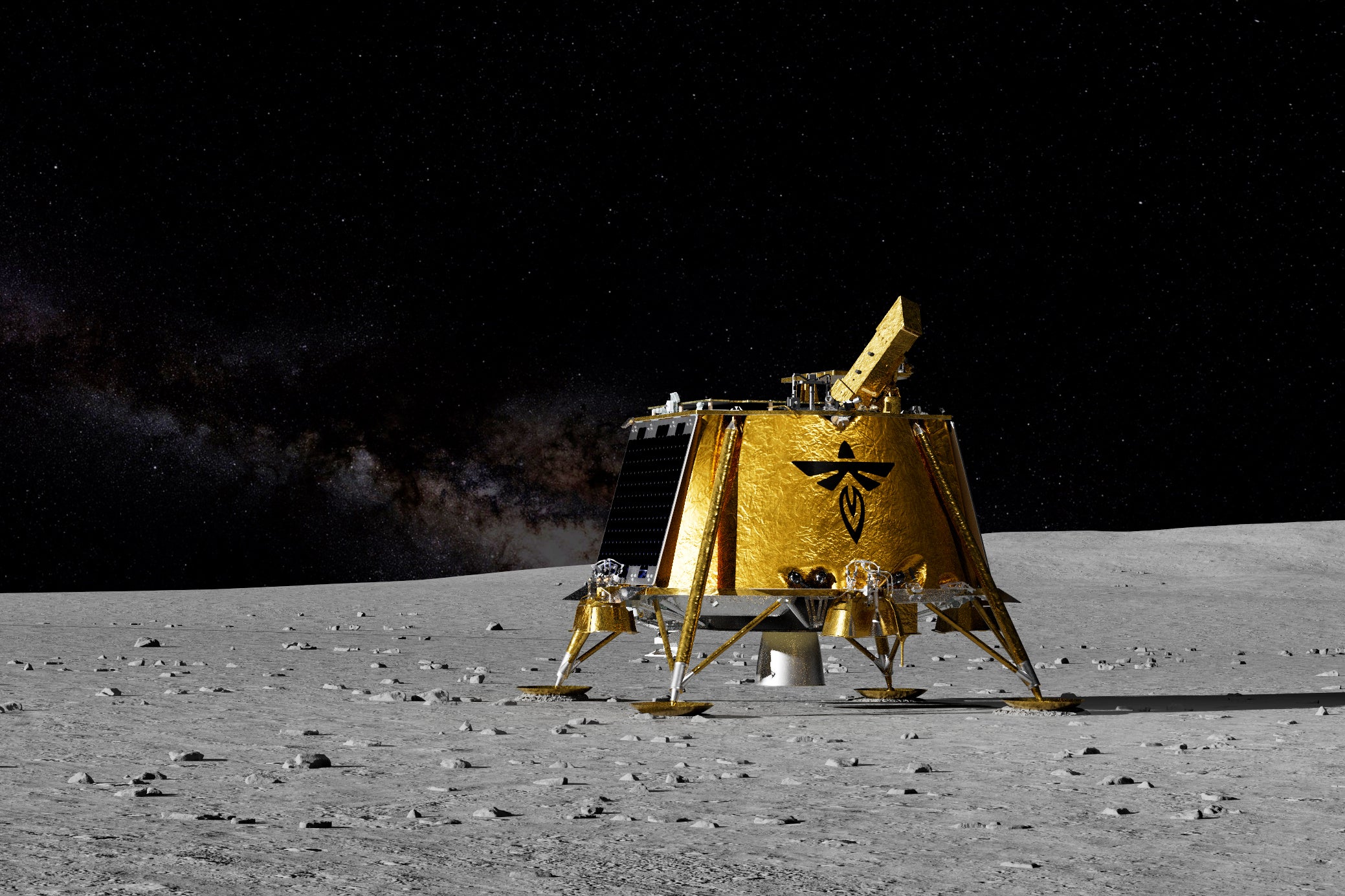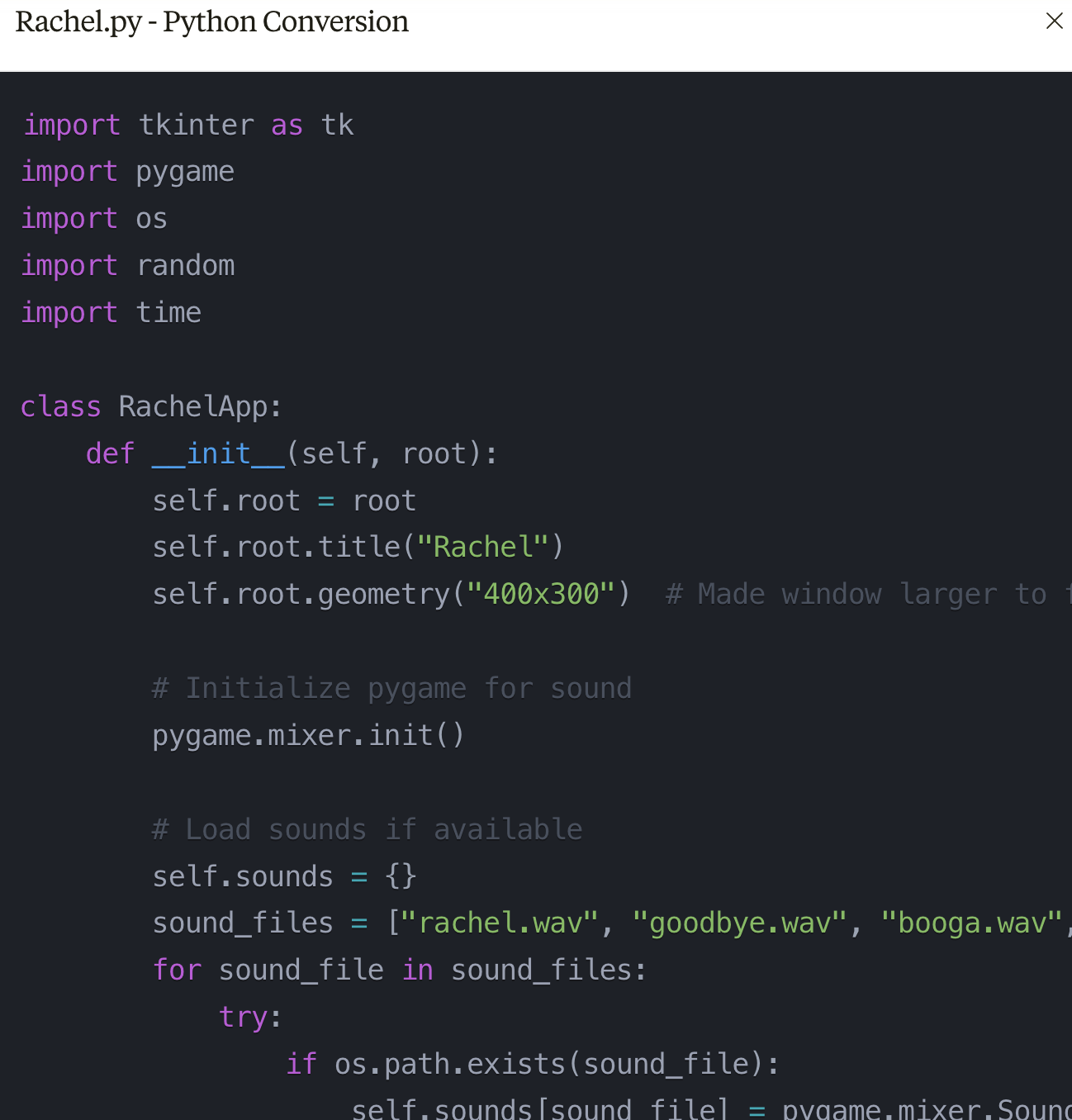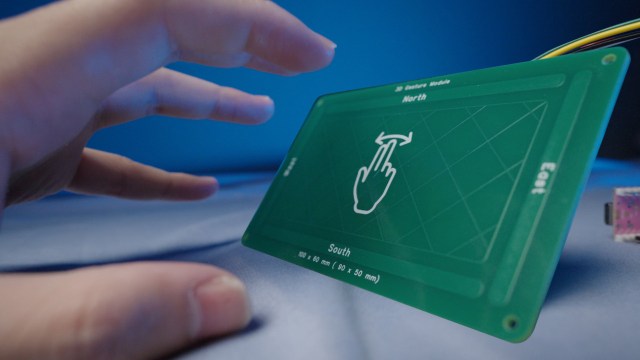Blue Ghost, a NASA-funded lunar lander built and operated by the private U.S. company Firefly Aerospace, has successfully touched down on the moon.
After 45 days in space—and a pulse-pounding semi-autonomous hour-long descent to its landing site—at 3:35 A.M. EST three of the boxy, car-sized spacecraft’s four footpad-tipped legs crunched into the surface of Mare Crisium, a vast and ancient impact basin filled with frozen lava on the moon’s northeastern near side. This marks the second time the U.S. has soft-landed on the moon since the crewed Apollo 17 mission of 1972; the first occurred just over a year ago when another robotic commercial mission, the Odysseus lander from the company Intuitive Machines, made moonfall lopsided but intact in a crater near the lunar south pole.
[…]
Now that it’s on the moon, Blue Ghost is set to spend about two weeks performing a series of scientific and technological studies using a suite of ten experiments provided by NASA as part of the space agency’s Commercial Lunar Payload Services (CLPS) public-private partnership initiative. CLPS is NASA’s effort to save costs by enlisting more than a dozen U.S. firms to ferry cargo and science experiments to the moon, and is tied to the space agency’s ambitious Artemis program meant to return astronauts there later this decade.
[…]
The initiative has funded all three U.S. commercial lunar landing attempts to date, having earmarked up to $2.8 billion for missions through 2028. And its next installment—Intuitive Machines’s Athena lander—is already enroute. Scheduled for a March 6 landing, Athena will target the flat-topped lunar mountain of Mons Mouton just 160 kilometers from the lunar south pole, where it’s planned to function for about ten days.
If all goes well, on March 14 both Blue Ghost and Athena will witness a lunar eclipse as Earth’s shadow briefly passes across the moon. Two days after that, the lunar night will fall, plunging the surface into two weeks of darkness and cold to which both landers will likely succumb.
In the meantime, yet another commercial lunar lander—Resilience, built by the Japanese company ispace—will be preparing for its own appointment with destiny, a landing projected for May at a site called Mare Frigoris in the moon’s far north. This would be ispace’s second lunar landing attempt, after its first mission crashed in 2023.
Resilience, also called HAKUTO-R Mission 2, launched to the moon alongside Blue Ghost on a SpaceX Falcon 9 rocket in late February. But unlike other landers the Japanese mission is taking a more leisurely, fuel-saving trajectory to reach its lunar destination. Tallying in Blue Ghost as well, the trio of spacecraft marked the first time in history that three landers were simultaneously bound for the moon.
Deep, Dusty Science—Plus a Lunar Sunset
Blue Ghost’s ten NASA payloads include an experiment to gather and analyze samples of lunar soil, investigations of how hazardous moon dust sticks to—and can be cleared from—various materials, a camera to study space weather and another to monitor the dust kicked-up by the spacecraft’s landing, and more. A retroreflector carried onboard will serve as a target for lasers beamed from Earth, allowing determination of the Earth-moon distance to sub-millimeter precision. And another instrument will seek to detect and use GPS signals from Earth-orbiting satellites as a proof-of-principle for future lunar navigation.
The lander’s farthest-reaching experiments, however, may be those that study the moon’s innards to illuminate new chapters of its 4.5-billion-year-history. According to NASA scientists, Mare Crisium is a region that may be more representative of the moon’s average composition than any site studied by the Apollo astronauts.
One of these inward-looking instruments, dubbed LISTER (short for Lunar Instrumentation for Subsurface Thermal Exploration with Rapidity), is a drill capable of reaching a record-setting 3 meters beneath the lunar surface to measure heat flowing up from within—deep enough to give scientists a better idea of how exactly the moon cooled from a ball of molten rock to the cold, inert world we know today. Another, called the Lunar Magnetotelluric Sounder (LMS), will place electrodes across a roughly 700-square-meter swath of terrain. Its measurements of subtle electric and magnetic currents coursing through the moon can probe more than a thousand kilometers into the interior—two-thirds of the way to the lunar center. Scientists hope that the fresh view of our satellite’s inner composition and structure may also shed light on the deep evolution of other rocky worlds such as Venus, Mars and even Earth.
Blue Ghost can endure the frigid lunar night for several hours, but its most poignant final feat on the moon is planned to occur before night falls, during the lunar sunset. Twilight unfolds slowly on the moon, and as the sun slips behind the lunar limb, its light scatters off dust lofted by electrostatic charges and micrometeoroid impacts in the near-vacuum conditions. This creates something called lunar horizon glow, a phenomenon most notably observed by NASA astronaut Eugene Cernan during Apollo 17, the final mission of the Apollo program. Before it passes into darkness, Blue Ghost will beam its high-definition view of the glow back to Earth, offering a fleeting glimpse of this beautiful and rarely seen lunar wonder.
Source: Blue Ghost, a Private U.S. Spacecraft, Successfully Lands on the Moon | Scientific American



